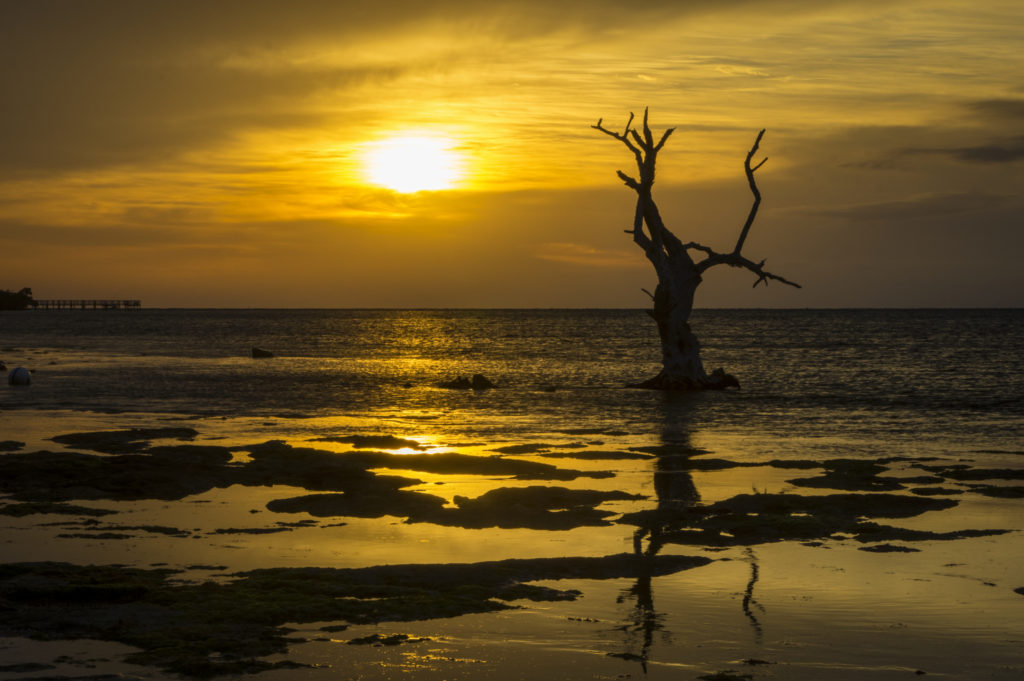
The glut of plastic in the oceans is a global problem. About 9 million tons of plastic enter the oceans each year. Much of it is discarded fishing gear, plastic bags, and other macroscopic objects. But a great deal of it is in the form of microplastics or small particles. Some microplastics come from cosmetics and other products containing them but a lot of them are the result of larger plastic objects breaking down into small particles.
However, although large amounts of microplastics are floating on the surfaces of the oceans, the actual observed concentrations are actually lower than expected.
A new study published by the Helmholtz Centre for Ocean Research in Kiel, Germany has demonstrated that microplastics in the oceans interact with natural particles and form so-called aggregates in seawater. This aggregate formation allows the microplastics to sink from the ocean surface into deeper water layers.
The oceans are filled with vast numbers of biological particles such as living and dead plankton and their waste products. These biogenic particles interact with each other and often form lumps that then sink down.
The German researchers performed experiments that demonstrated that although microplastic particles do not form aggregates on their own, when they become coated with biofilms, they interact with biological particles and become part of aggregates. This previously unstudied phenomenon leads to a new picture of the dynamics of plastics in the ocean.
While huge surface accumulations of plastic such as the Great Pacific Garbage Patch are the most obvious manifestations of oceanic plastic pollution, even the ecosystems in the ocean depths are vulnerable to the growing plastic scourge.
**********
Web Links
The fate of plastic in the oceans
Photo, posted March 22, 2016, courtesy of Flickr.
‘Where Does The Plastic Go?’ from Earth Wise is a production of WAMC Northeast Public Radio.
Leave a Reply